Description
Overview:
VisioHealth is designed to maintain eye health and guard against age-related vision loss. The critical ingredients of visiohealth are Lutein, Zeaxanthin, Astaxanthin, Zinc Oxide, Vitamin C, Vitamin E, and omega-3. Together, these vital nutrients, protect the eyes from oxidative stress, enhance visual acuity, and preserve general eye health. Let’s look deep into these functions.
1. Lutein:
Function: The macula of the eye naturally contains lutein, a carotenoid. It functions as a blue light filter, shielding the retina from harm.
Benefits:
● Protects against blue light damage: By blocking damaging blue light, this product helps lower the risk of macular degeneration.
● Improves visual acuity: Increases sensitivity to contrast and sharpness of vision overall.
● Antioxidant support: Prevents oxidative stress and damage to eye cells by neutralizing free radicals in the eyes.
2. Zeaxanthin:
Functions: Concentrated in the retina, zeaxanthin is another essential carotenoid that functions in concert with lutein to shield the eyes from damaging light and oxidative stress.
Benefits:
● Decreases the risk of age-related macular degeneration (AMD)
● Protects the macula from oxidative stress and blue light, protecting central vision.
● Supports visual performance: Enhances overall visual acuity and speed of visual processing.
● Protection against antioxidants: Functions as an antioxidant to stop free radical-induced cellular damage to the eyes.
3. Astaxanthin:
Functions: Potent antioxidant astaxanthin offers complete protection for the eyes by bridging the blood-retina barrier.
Benefits:
● Decreases eye fatigue: This helps relieve eye strain and fatigue, particularly in those who spend a lot of time in front of screens.
● Maintains retinal health: Lowers the risk of retinal disorders by shielding the retina from oxidative stress.
● Improves visual function: Promotes improved vision and eye health by increasing blood flow to the eyes.
4. Vitamin C:
Functions: Vitamin C, an important antioxidant that maintains the structural integrity of the eyes.
Benefits:
● Prevents cataracts: By shielding the lens from oxidative damage, it lowers the chance of cataract formation.
● Maintains general ocular health: Assists in preserving the condition of the blood vessels in the eyes.
● Immune function enhancement: Fortifies the eye’s defences against infections and inflammation.
5. Vitamin E:
Functions: Vitamin E aids in preventing oxidative damage to the cell membranes in the eyes.
Benefits:
● Prevents macular degenerative processes: prevents the retina from suffering oxidative damage, thereby lowering the risk of age-related macular degeneration.
● Maintains lens health: By shielding the lens from oxidative stress, it aids in the prevention of cataract development.
● Longer eye cell lifespan: By lowering oxidative stress, this supplement encourages the healthy aging of eye cells.
6. Zinc Oxide:
Functions: Zinc is a vital mineral that is necessary for preserving the retina’s health and bolstering the antioxidant defenses of the eye.
Benefits:
● Maintains retinal health: Required for the enzymes that shield the retina from oxidative stress to operate properly.
● Decreases AMD risk: Assists in mitigating the advancement of age-related macular degeneration.
● Improves vision in dim light: Assists in maintaining good night vision.
7. Omega 3:
Functions: The structural integrity of cell membranes of the eyes, especially the retina, depends on omega-3 fatty acids.
Benefits:
● Reduces symptoms of dry eyes: Assists in preserving tear production and mitigating the signs of dry eyes.
● Maintains the health of the retina: Retinal cell formation and maintenance depend on it.
● Reduces inflammation: Assists in minimizing the risk of chronic eye diseases by reducing inflammation in the eyes.
Precautions:
It is advised before starting a supplement, you should consult with a healthcare provider.
References:
1. Research Group for Age-Related Eye Disease Study. “A randomized, placebo-controlled, clinical trial of high-dose supplementation with vitamins C and E, beta carotene, and zinc for age-related macular degeneration and vision loss.” Ophthalmology Archives 119.10 (2001): 1417–1436.
2. Johanna M. Seddon and colleagues. “Dietary carotenoids, vitamins A, C, and E, and advanced age-related macular degeneration.” 1994; JAMA 272.18: 1413–1420.
3. Jingjing Wu et al. “Lutein, Zeaxanthin, and Their Roles in Visual and Cognitive Function in the Elderly.” 2020’s Nutrients 12.1: 228.
4. Philip C. Calder, “Omega-3 polyunsaturated fatty acids and inflammatory processes: nutrition or pharmacology?” Journal of Clinical Pharmacology in the United Kingdom 75.3 (2013): 645 662.
5. Niyazov, Dimash, and colleagues, “Astaxanthin as a potent antioxidant in cardiovascular diseases and oxidative stress: A systematic review of clinical studies.” e13548 in Journal of Food Biochemistry 45.4 (2021).
- Image
- SKU
- Rating
- Price
- Stock
- Availability
- Add to cart
- Dimensions
- Additional information
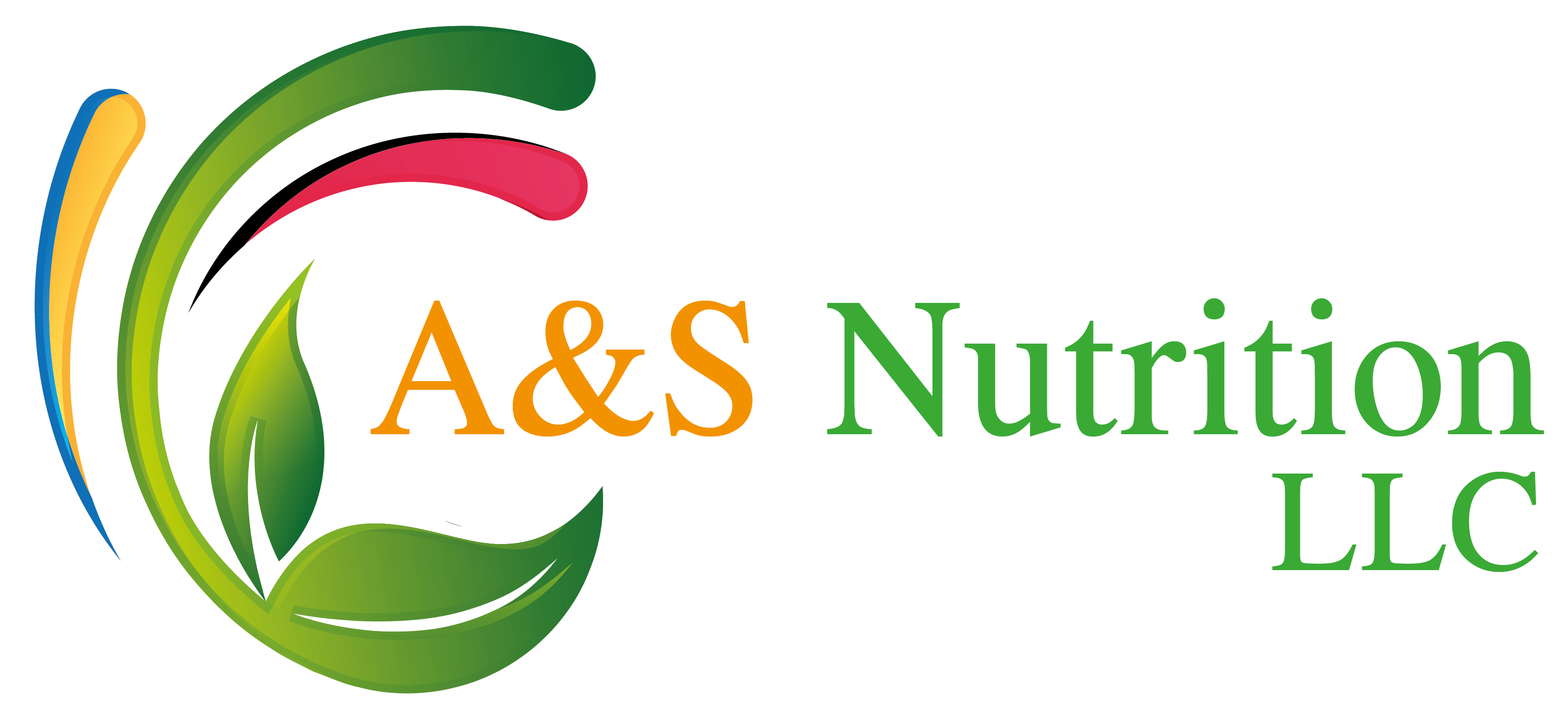

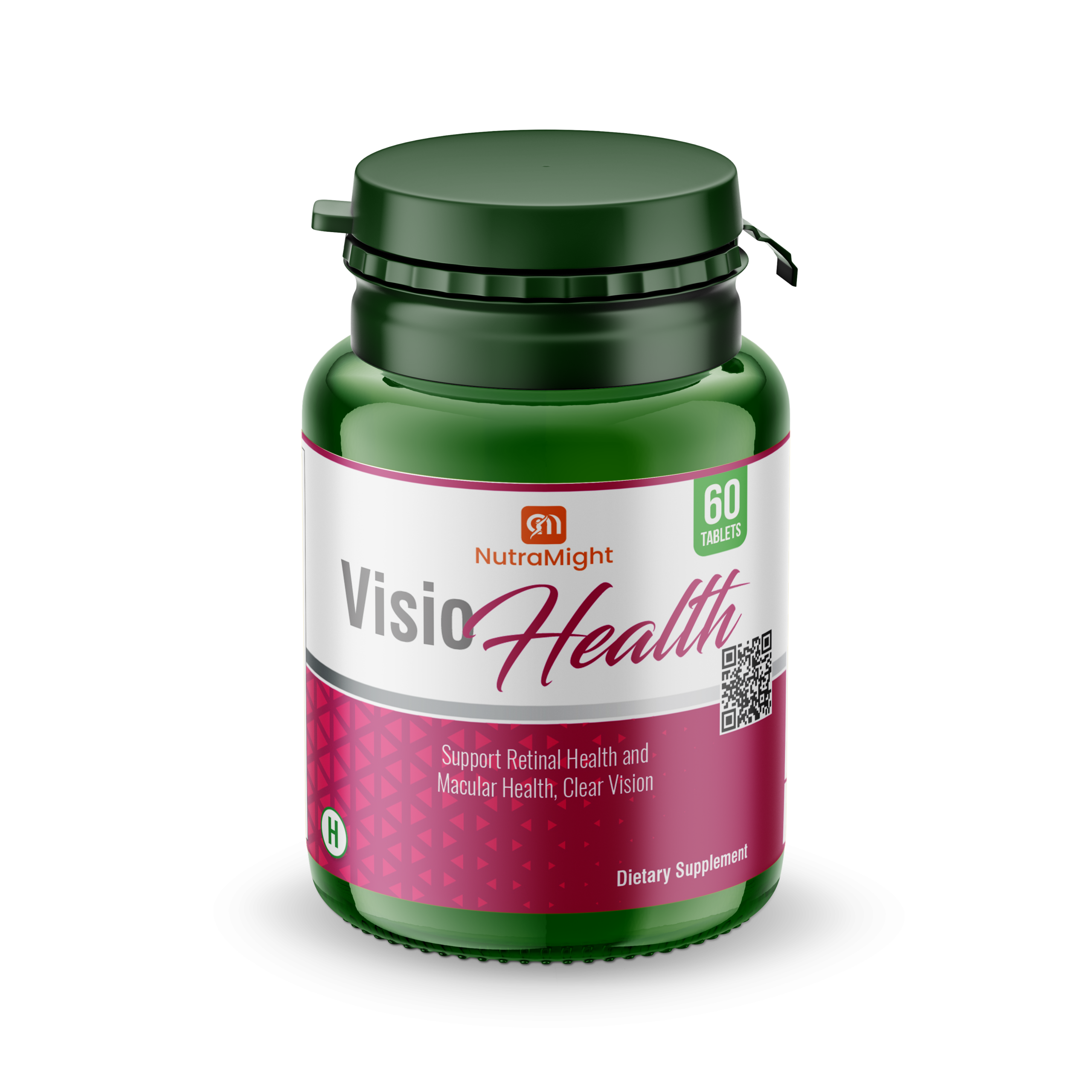
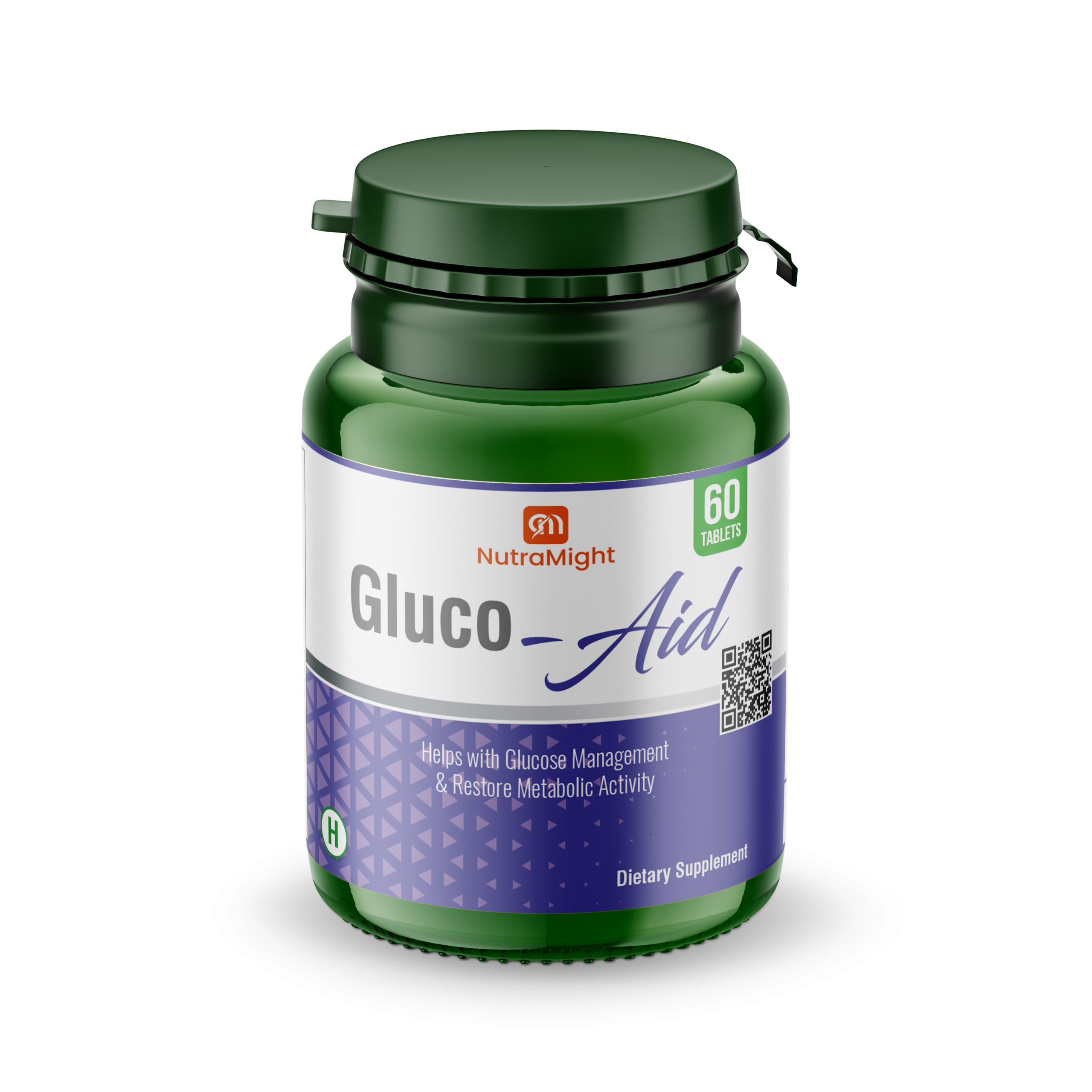
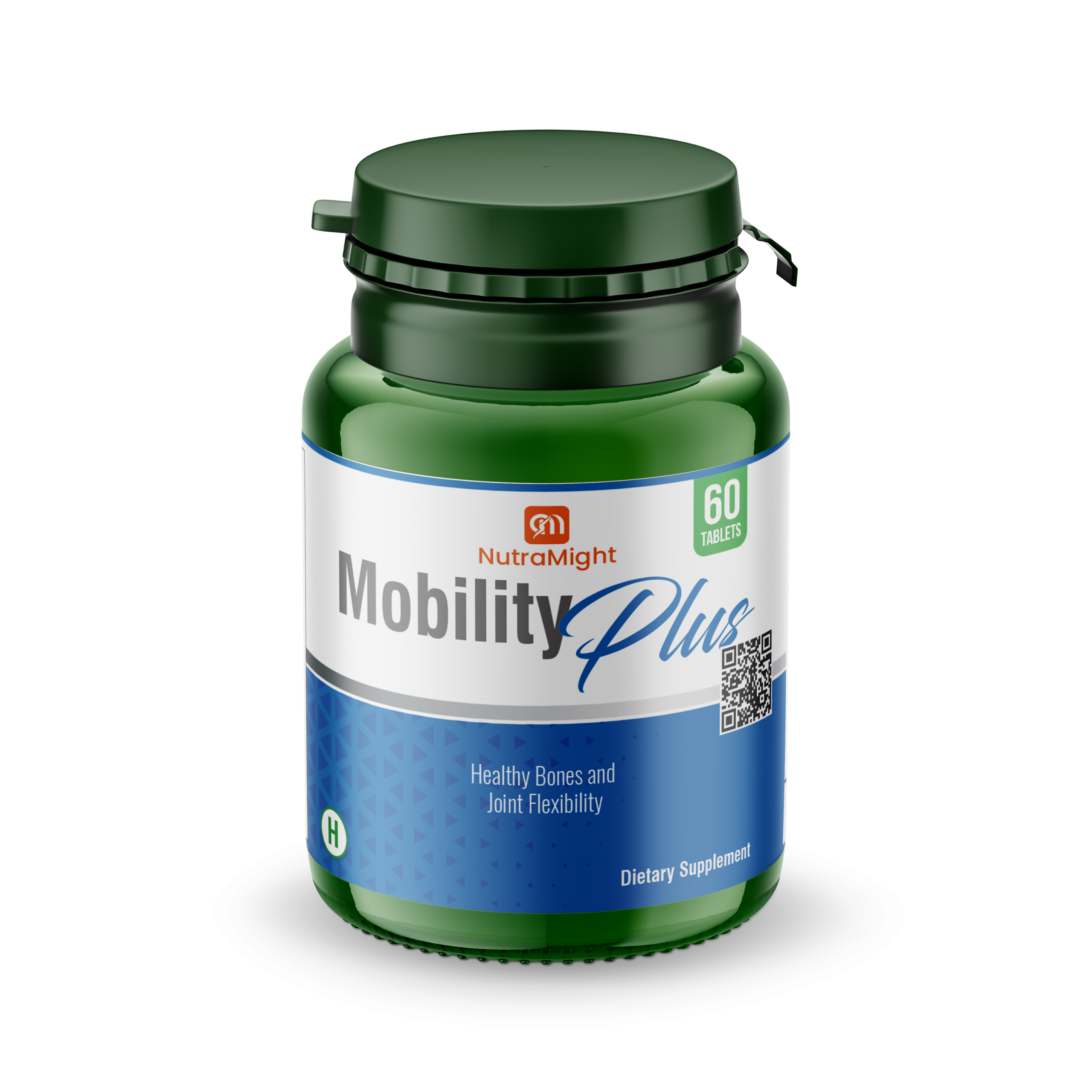
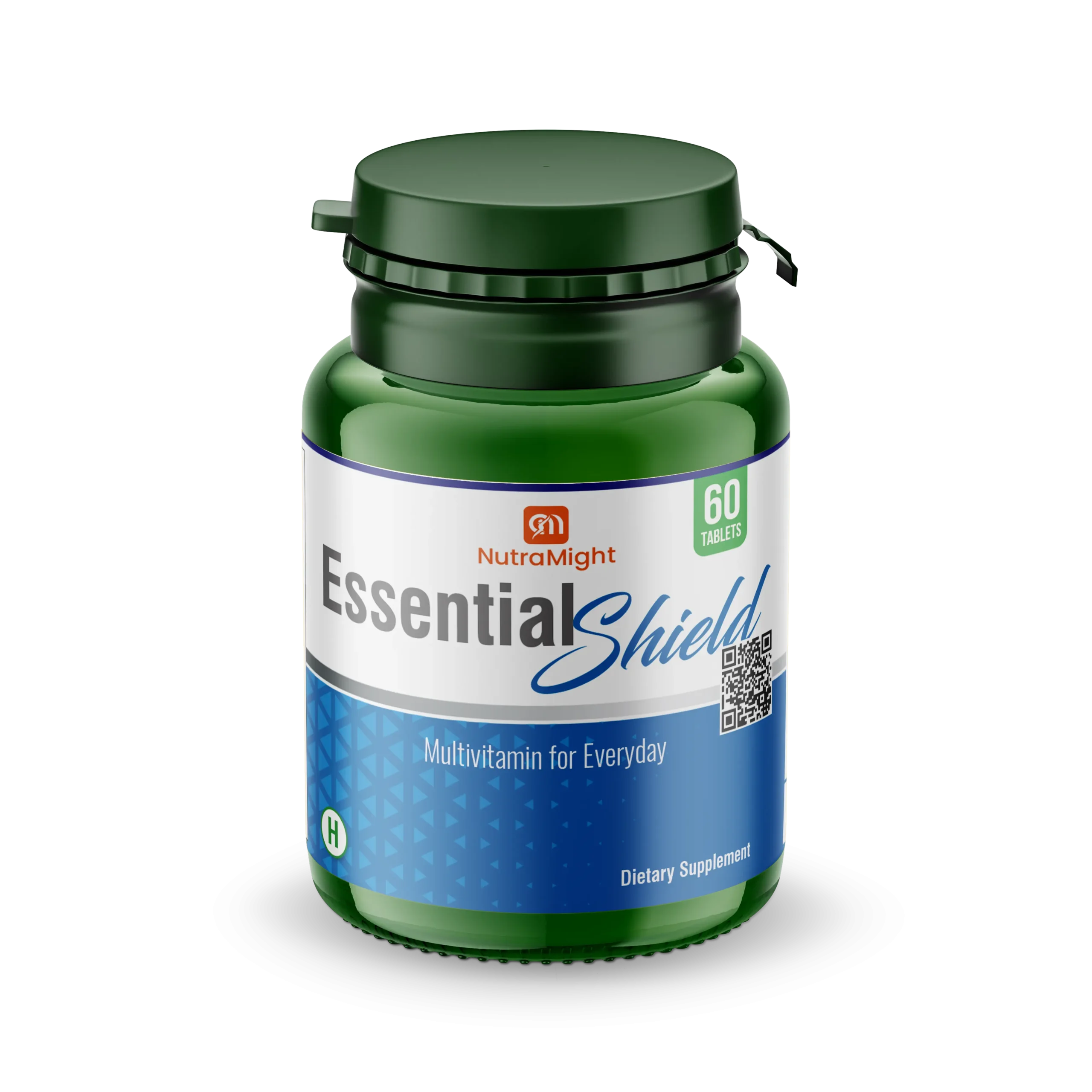
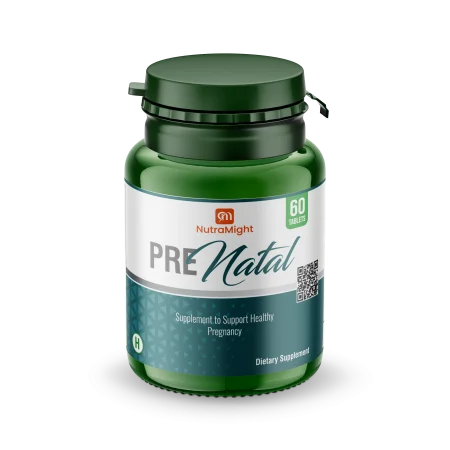
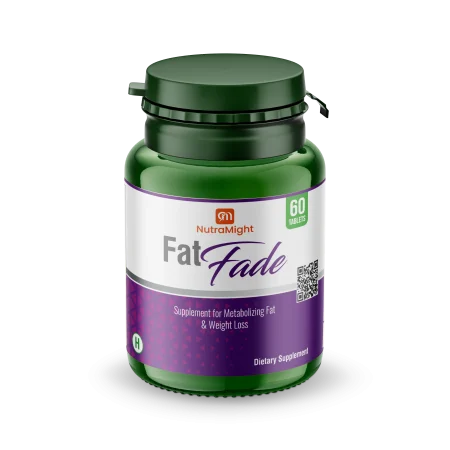
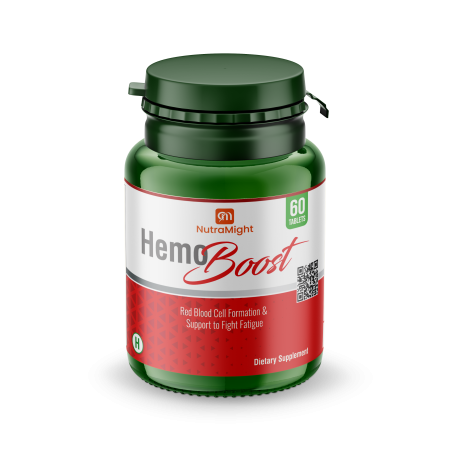
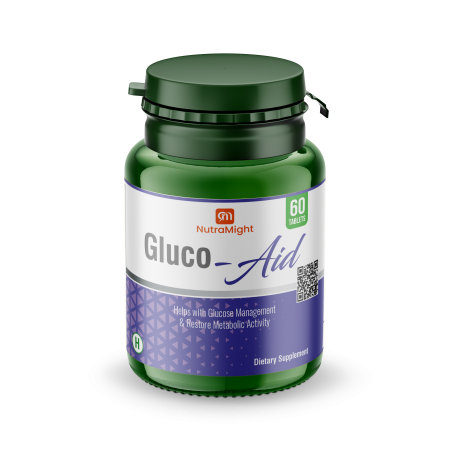
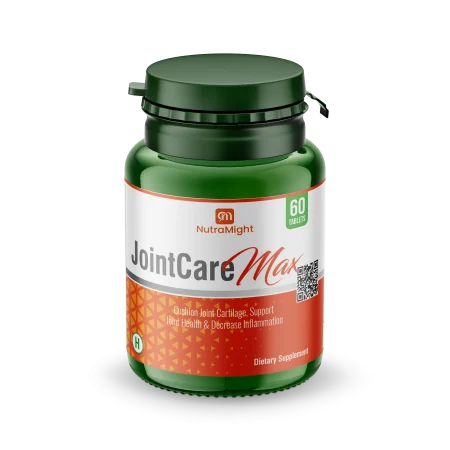
Reviews
There are no reviews yet.